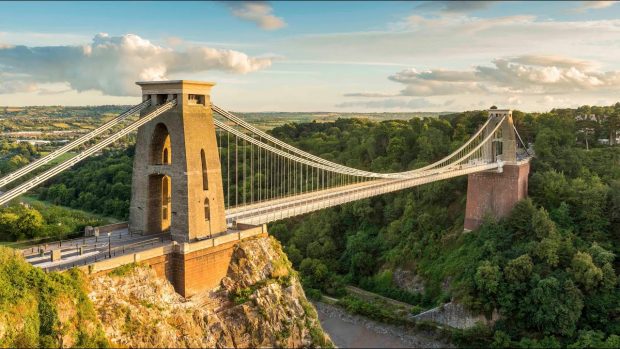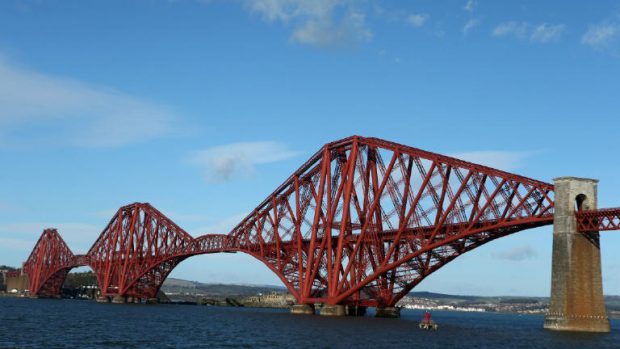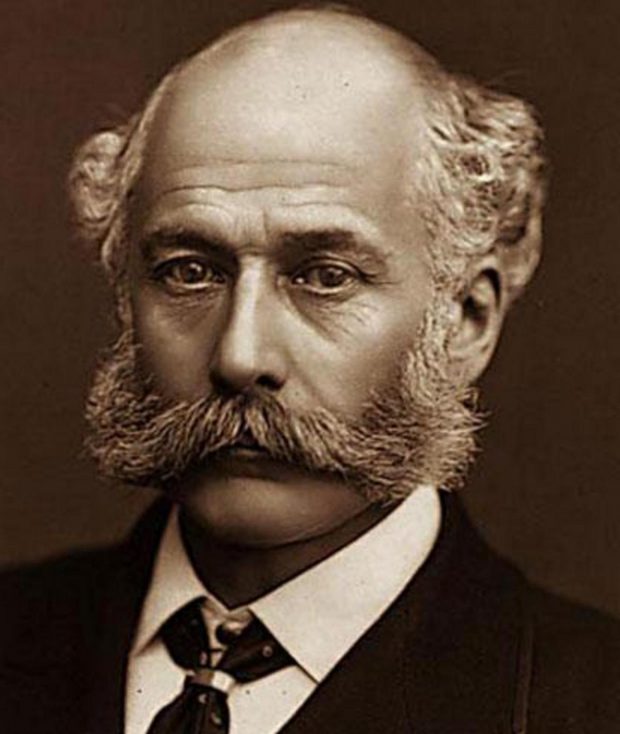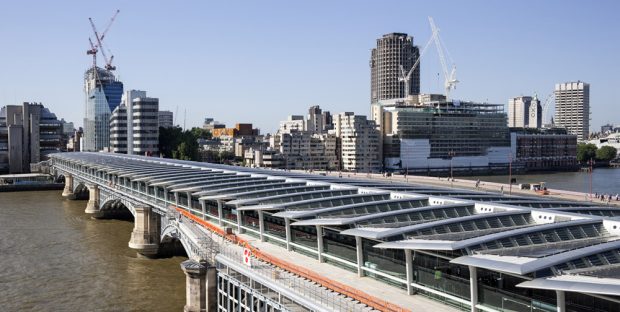It’s important we take a far sighted approach when it comes to this country’s critical infrastructure. Our world is changing around us every day and this means that our ability to deliver today’s infrastructure that is resilient in tomorrow’s climate is being tested.
Today we are being challenged to think differently and come up with innovative ideas to build infrastructure that is resilient in tomorrow’s world.
If we look around the country at infrastructure built over 100 years ago, we are still using about 90% of it. Most of the road and rail network has been around for decades, if not a century or more.
This can be seen with both the Clifton suspension bridge in Bristol, opened in 1864, and the Forth Rail Bridge in 1890. Today both bridges still carry traffic of much higher volumes and weights than in the 1800’s.


Climate resilient infrastructure
The UK has experienced eight of the ten warmest years on record and five of the ten wettest years. Therefore when we talk about climate resilient infrastructure, it isn’t just about building bigger and stronger walls.
It’s about creating sustainable infrastructure that will:
- Meet the demands of today and the demands of the next 100 years
- Be resilient to extreme events
- Reduce its carbon and energy usage
- Ensure our investment matches our climate credentials
Let’s start by thinking about the Victorian engineer Sir Joseph Bazalgette. It was after the ‘Great Stink’ of 1858 that Bazalgette created the sewers that we still rely on in London today.

In 1858, London was home to two million people but Bazalgette was far sighted enough to build his sewer system for a population of twice that size. It was this foresight means that 150 years later those same sewers are still serving the city, even with the population now approaching nine million.
Successful delivery record
We should also take stock of the progress we have already made. There is much to be proud of when it comes to the UK’s infrastructure. Since 2010 over 4,900 infrastructure projects have been completed, including 400 in the last 12 months.
These include major investments helping the country reduce it carbon and energy use, such as building the largest operational offshore wind farm in the world, the Walney Extension. This offshore wind farm is capable of generating enough electricity to power the equivalent of all the homes in Birmingham.
In flood and coastal risk, part of the defences in Leeds and the self-closing gates in Cockermouth are both passive designs, using the energy in the flood water to operate them.
Also as a country we are growing our renewable sources daily and the UK recently lasted for a fortnight without using any coal power to generate electricity, for the first time since the industrial revolution.

The Blackfriars Station has the entire station roof covered by solar panels. This means that around half of the electricity needs for the new station are supplied by these panels.
We just don’t hear enough about these successful projects, celebrate our successes or share our good ideas. These ideas should be standard practice in all our infrastructure.
Opportunities for collaboration to create resilience
Crucially, right at the start of these projects we need to look for opportunities across sectors to collaborate. We need to draw on all sectors and areas of expertise.
At the IPA we have a unique view at the centre of Government. We see all these sectors and are quietly working in the background to bring people together through daily improvements to the project system.
This year we are refreshing our independent assurance process. The fundamentals of scrutinising the time, cost and quality of projects won’t change, but we want every assurance review to explore the resilience aspects of the projects.
We aim to bring people together from different backgrounds - private and public sector - to identify how we can use the assurance process to enhance the resilience of these major projects.
A shared solution for a shared challenge
We are also taking this approach is other areas of our work.
For example, the National Infrastructure and Construction Pipeline, which the IPA publishes annually, forecasts £600bn of investment over the next 10 years: 50% of which is forecast to be financed by the private sector. By publishing this pipeline, we aim to give transparency to the country’s future infrastructure needs and enables the market to plan and respond effectively, helping the public and private sector work together to find a shared solution.
We are catalysing new markets with tools such as the £400m Charging Infrastructure Investment Fund, which will help increase the uptake of electric vehicles in the UK and provide a much needed improvement in our air quality.
Government has already committed to publishing the UK’s first ever Green Finance Strategy in Summer 2019. This will set out the steps the UK is taking to take advantage of the investment opportunities in the transition to a clean and low carbon economy and attract the investment we need and to solidify the UK’s position as a global leader.
Diversity of thought
We want to make sure today’s infrastructure is resilient in tomorrow’s climate.
To do this we need to be far-sighted and think in the longer term. We all need to work together: academia, consultants, contractors, government, partners and agencies.
Diversity of thinking is key, and this week when we are celebrating Women in Engineering Day, it’s a great reminder that we don’t want to limit ourselves to just 50% of the workforce. We want the best brains to tackle the problem of climate change, irrespective of what bodies those brains have to carry them around.
Government is working towards this, with the Prime Minister announcing last week, the Government’s aim that by 2050 the UK will have ended its contribution to climate change completely.
There is no one answer to this problem but there are lots of small steps that we can make together. We must all do our part to make a real lasting change.
Recent Comments